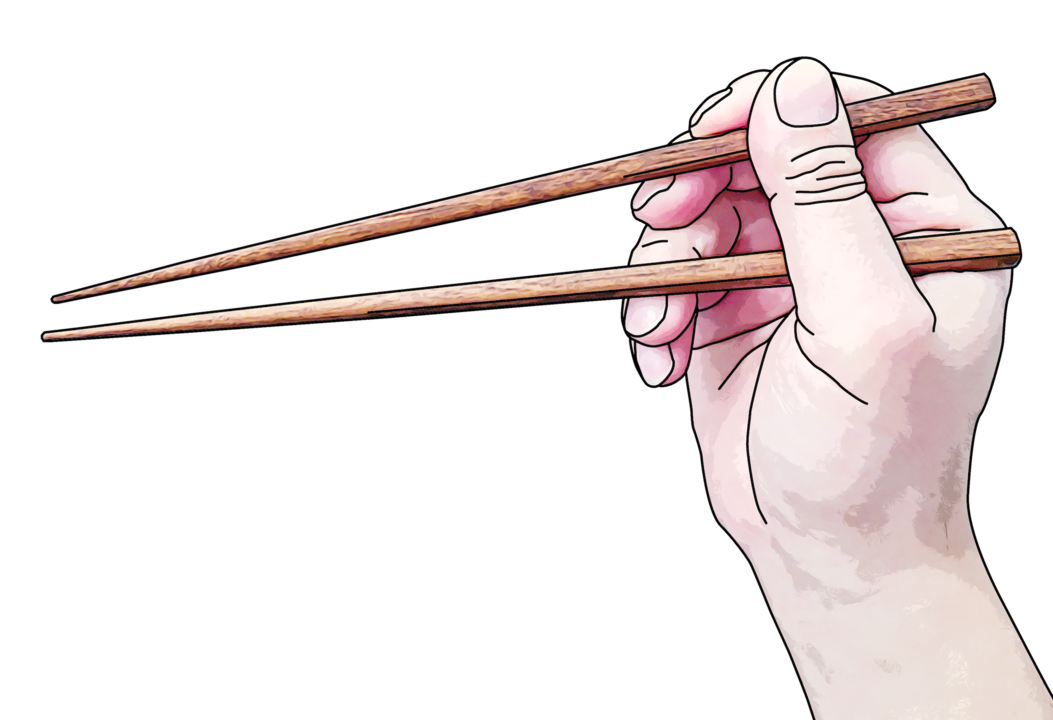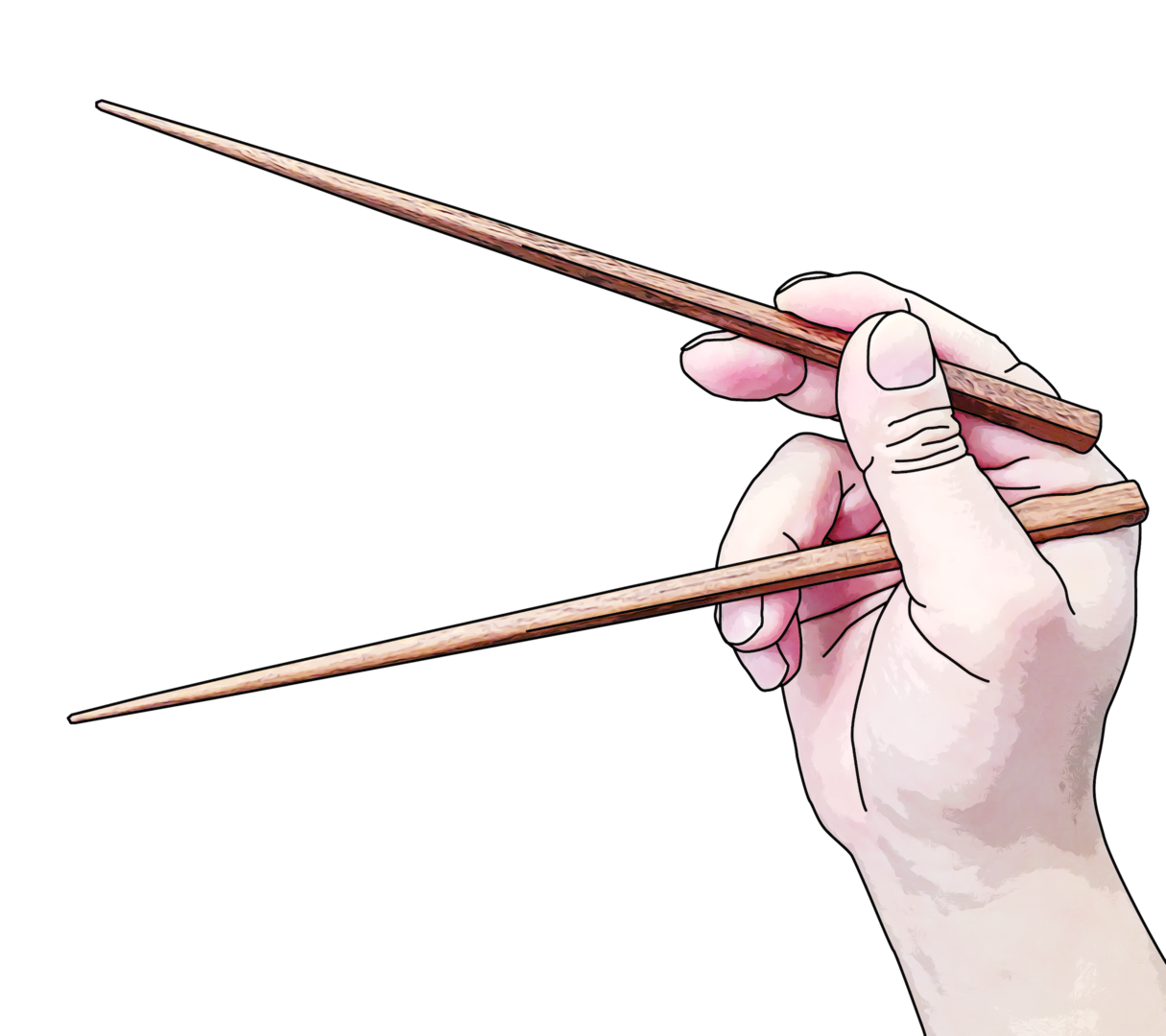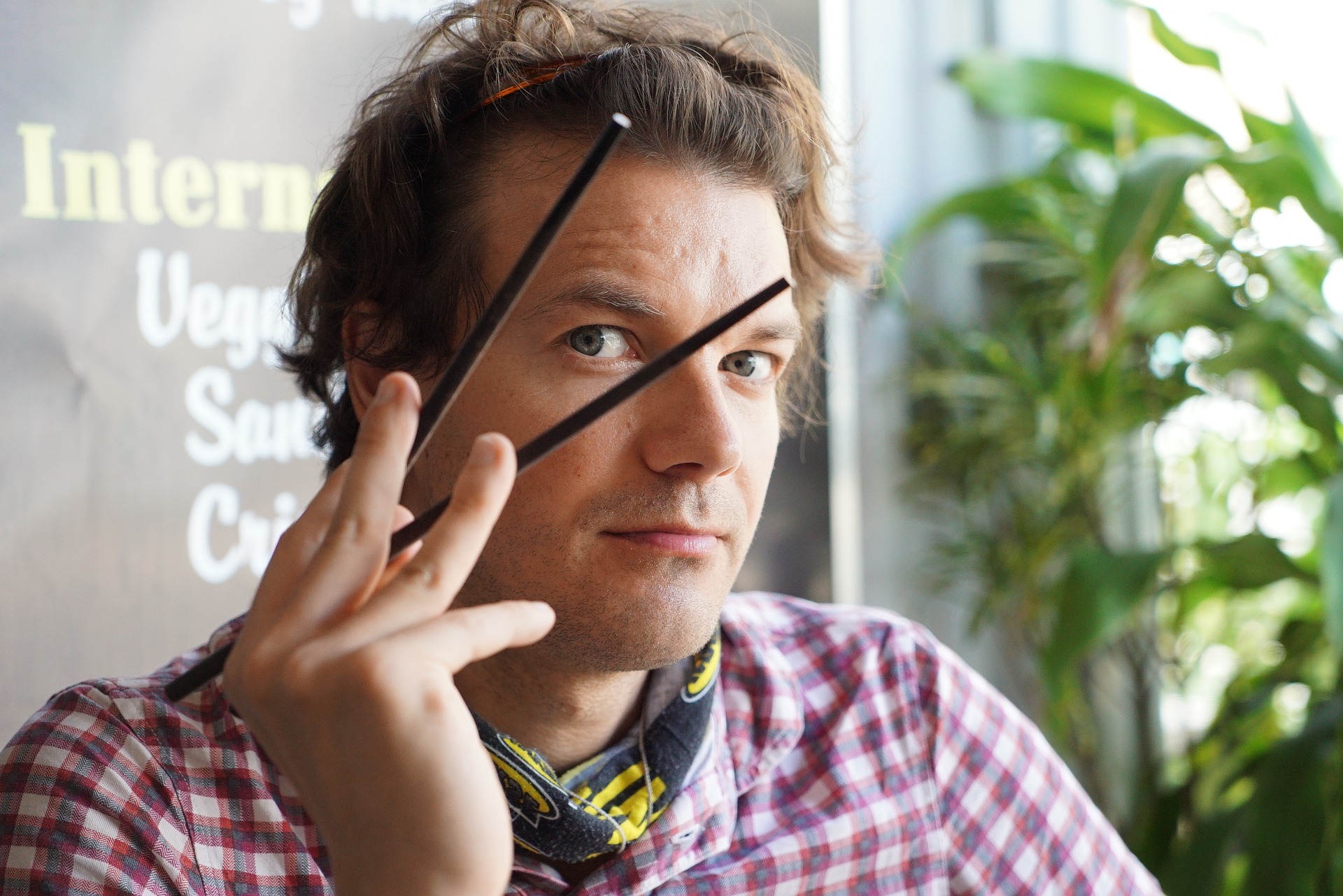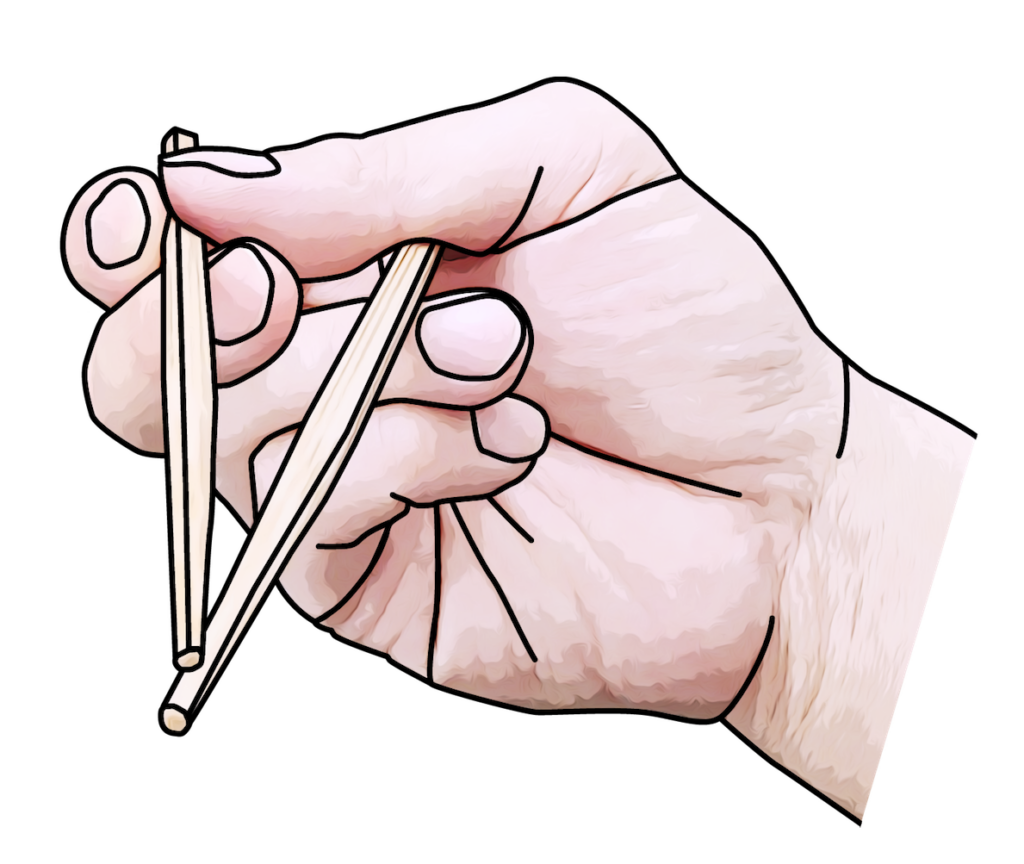The history of Chinese chopsticks goes back several millennia. Scientists believe that they were first used in China before our era. According to one version, this happened during the reign of the Shang-Yin dynasty (approximately 1764 – 1027 BC). But in the historical notes of Sima Qian, written during the reign of the Han dynasty, it is said that Emperor Zhou used ivory chopsticks about 4000 years ago. Hence it follows that the first Chinese sticks appeared even before the Shang-Yin danasty. Chinese chronicles testify that in those days only the emperor and his entourage used chopsticks, and only in 700-800 AD they entered the homes of the common people. There is a version that initially the chopsticks were needed only during the preparation of food wrapped in leaves. It was with their help that chefs quickly and deftly transferred hot pebbles and turned over pieces of meat, fish and vegetables. Later, the sticks became a replacement for the long-handled scoop called the bi. If previously prepared food was removed from the dishes with this spoon, then with the advent of chopsticks, the need for it disappeared.
What are chopsticks
From what the first chopsticks were made, you can guess by their name “kuayzu”, which contains a root meaning “bamboo”. The bamboo trunk split in two, and its halves folded, as a result, the sticks looked like tweezers. The separate form of kuayzu was acquired much later, and remained in this form to our times.

Now chopsticks are made from a wide variety of materials: plastic, bone, metal (including gold and silver). But most often wood of various species is used for their production. Among them are pine, cypress, plum, maple, cedar, willow, black or purple sandalwood. Chopsticks can be disposable, like those found in Chinese, Japanese, or Vietnamese restaurants, or reusable, purchased for permanent use and kept at home with other cutlery. Such kuaizu can be a real work of art: they are painted and varnished, decorated with ornaments and inlaid with metal and mother-of-pearl. The appearance of chopsticks is also different: pyramidal in shape, with thick or thin ends, flat. Their section can be round, oval, square, with rounded corners.
The Japanese, Koreans, Vietnamese and other peoples of the East adopted the tradition of eating with chopsticks from the Chinese, but this happened only in the 12th century. In each of these countries, the sticks look different. Japanese hasi are also made of wood, but they are shorter than Chinese kuaizu and have more pointed ends. Koreans eat with very thin chopsticks made mostly of metal.
How to use Chinese chopsticks
Chopsticks are both difficult and easy to use. It is difficult for those who first took them in their hands do not imagine how to hold them correctly. For those who have tried to use kuaizu or hashi for food several times, their use seems simple and natural. It is believed that sticks develop fine motor skills, and it directly affects the mental capacity of the child. Therefore, from an early age, the Chinese educate children in a desire to master chopsticks: a child begins to hold Chinese chopsticks from the age of one.
We will now tell you how to use Chinese chopsticks. The main condition, the fulfillment of which practically guarantees success, is not to strain your hand. Movements should be light, calm, smooth. So, let’s begin. The hand should be relaxed, the little and ring fingers are pressed together, the middle and index fingers are slightly extended forward. The stick should lie in the hollow between the thumb and the hand, while its lower, thin end rests on the ring finger. The second stick rests on the first phalanx of the index finger, the third phalanx of the middle and adheres to the tip of the thumb. When eating, the lower stick remains motionless, all manipulations are performed using the upper one. Try practicing on small objects – peas, corn grains. If you can take them, then you can handle larger pieces of food without difficulty.
Range of motion of the standard grip
1. Closed posture

2. Open posture

3. Side view showing flattened thumb
CC BY-SA 4.0 Images by Marcosticks
Table culture
Since Chinese sticks are part of the country’s culture and history, there are many conventions and ceremonies associated with them. There are certain rules of conduct at the table. It is indecent to prick food on sticks, “draw” them on a plate or table, transfer food to another person with them; lick sticks, point them at something, put them across the plate. Before reaching with chopsticks for food, you need to select a piece, and then purposefully take it. When you have finished eating, the kuaizu should be placed in front of the plate, the sharp ends to the left, but never to the side of the plate. In Japan, there are special stands for hasi sticks called hasioki. Hasioki are made from ceramics, wood and bamboo and are often of artistic value. Also, you cannot squeeze both chopsticks in your fist, since this gesture is considered threatening. Do not stick kuaizu in rice, as it is traditionally done when serving food for the dead. And remember the main thing: chopsticks are intended for food, and this should be done with them. All other actions with them in hand insult the culture and traditions of the country and demonstrate disrespect for the rules of behavior at the table.
At first, it will be difficult for you to handle this unusual cutlery, but over time, with practice, you will be able to fully enjoy not only the dishes of oriental cuisine, but also the peculiarities of the culture of their use. You yourself will appreciate all the advantages of these skills, since eating with Chinese chopsticks in national restaurants is much more natural than using a spoon, fork and knife.
Author: Niao


